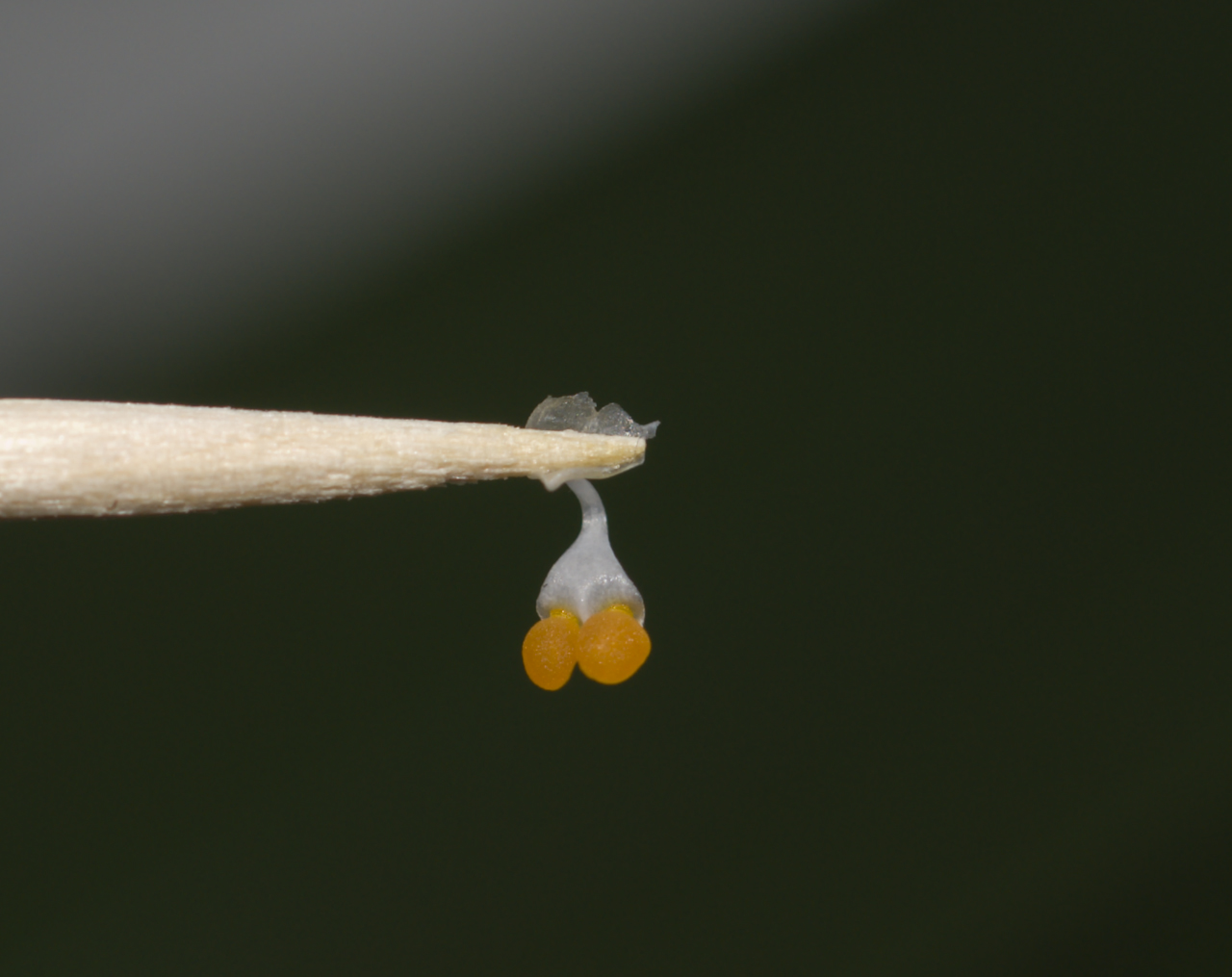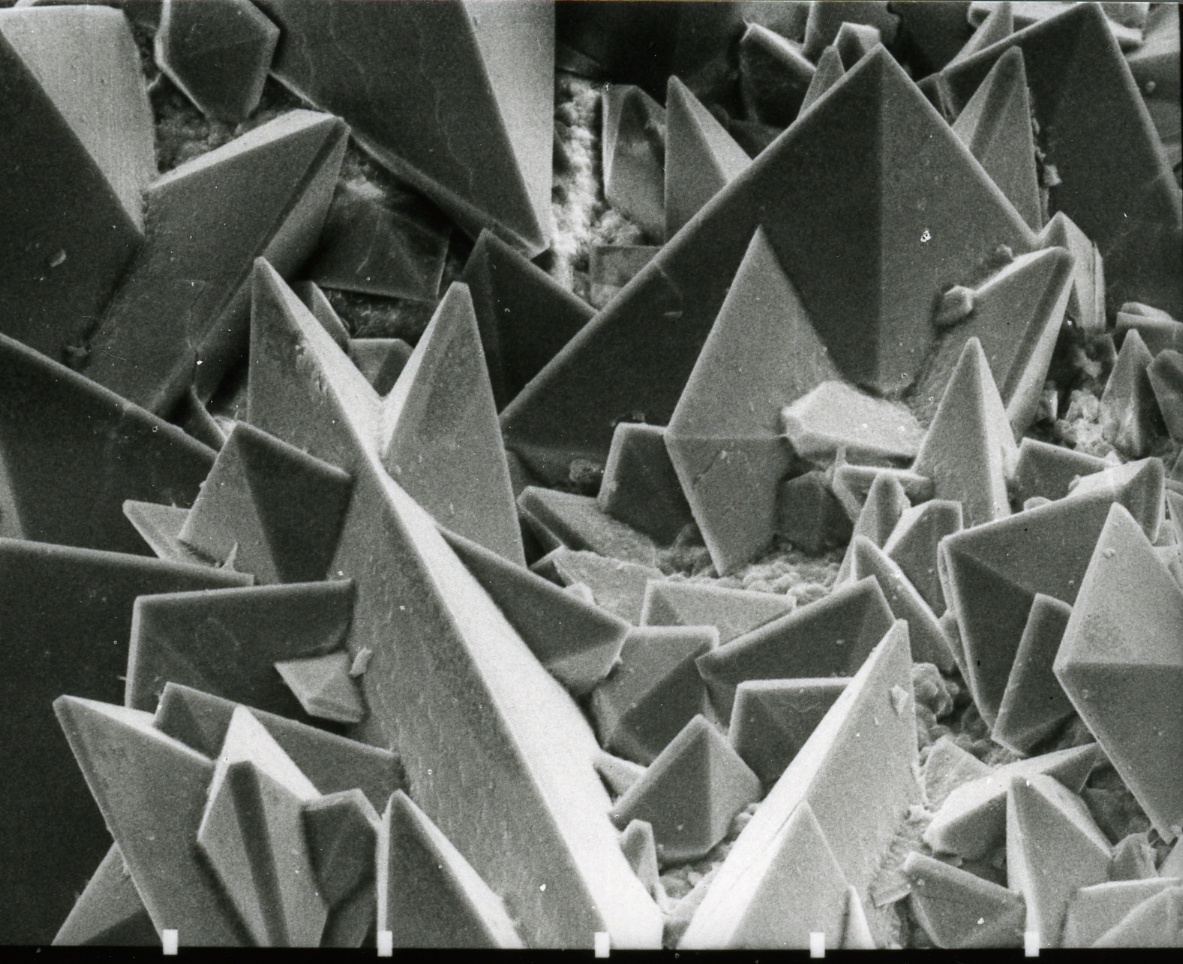|
Flat-leaved Vanilla
''Vanilla planifolia'' is a species of vanilla orchid. It is native to Mexico and Belize. It is one of the primary sources for vanilla flavouring, due to its high vanillin content. Common names include flat-leaved vanilla, and West Indian vanilla (also used for the Pompona vanilla, '' V. pompona''). Often, it is simply referred to as "the vanilla". It was first scientifically named in 1808. With the species' population in decline and its habitats being converted to other purposes, the IUCN has assessed ''Vanilla planifolia'' as Endangered. Habitat It prefers hot, wet, tropical climates. It is cultivated and harvested primarily in Veracruz, Mexico, Tahiti, Indonesia, and Madagascar. Description Like all members of the genus ''Vanilla'', ''V. planifolia'' is a vine. It uses its fleshy roots to support itself as it grows. Flowers Flowers are greenish-yellow, with a diameter of 5 cm (2 in). They last only a day, and must be pollinated manually, during the mor ... [...More Info...] [...Related Items...] OR: [Wikipedia] [Google] [Baidu] |
Köhler's Medicinal Plants
''Köhler's Medicinal Plants'' (or, ''Köhler's Medizinal-Pflanzen'') is a German herbal written principally by Hermann Adolph Köhler (1834 - 1879, physician and chemist), and edited after his death by Gustav Pabst. The work was first published in the late 19th century by Franz Eugen Köhler of Gera. Its complete title is . Publication history Originally, Köhler published the herbal in two volumes: the first in 1887, the second in 1890. Volume one is illustrated with 84 full-page, multi-colour plates, and volume two with 110. A third volume was added in 1898, entitled ''Neueste Medizinalpflanzen und Verwechslungen'', which is a supplement containing additions and corrections. Among the additions are 80 more colour plates. A fourth volume was announced by the publisher, but never released. All the colour plates in the herbal were produced through a process called ''chromolithography''. The botanical illustrators were Walther Otto Müller, C. F. Schmidt, and K. Gunther. A repri ... [...More Info...] [...Related Items...] OR: [Wikipedia] [Google] [Baidu] |
Hand Pollination
Hand pollination, also known as mechanical pollination is a technique that can be used to pollinate plants when natural or open pollination is either undesirable or insufficient. Method This method of pollination is done by manually transferring pollen from the stamen of one plant to the pistil of another. The plant the pollen is taken from is called the pollen donor or pollen parent, while the plant receiving the pollen is the seed parent. Hand-pollination is often done with a cotton swab or small brush, but can also be done by removing the petals from a male flower and brushing it against the stigmas of female flowers, or by simply shaking flowers in the case of bisexual flowers, such as tomatoes. A special case are plants where the pollen are condensed in a mass called the pollinium, such as in orchids. In this case a small utensil is used to which the pollinia will stick. Reasons Common reasons for choosing this method include the lack of pollinators, keeping control of ... [...More Info...] [...Related Items...] OR: [Wikipedia] [Google] [Baidu] |
Crops Originating From Mexico
A crop is a plant that can be grown and harvested extensively for profit or subsistence. When the plants of the same kind are cultivated at one place on a large scale, it is called a crop. Most crops are cultivated in agriculture or hydroponics. Crops may include macroscopic fungus (e.g. mushrooms) and marine macroalga (e.g. seaweed), some of which are grown in aquaculture. Most crops are harvested as food for humans or fodder for livestock. Some crops are gathered from the wild often in a form of intensive gathering (e.g. ginseng, yohimbe, and eucommia). Important non-food crops include horticulture, floriculture and industrial crops. Horticulture crops include plants used for other crops (e.g. fruit trees). Floriculture crops include bedding plants, houseplants, flowering garden and pot plants, cut cultivated greens, and cut flowers. Industrial crops are produced for clothing (fiber crops e.g. cotton), biofuel (energy crops, algae fuel), or medicine (medicinal plants). Impo ... [...More Info...] [...Related Items...] OR: [Wikipedia] [Google] [Baidu] |
Flora Of Belize
The flora of Belize is highly diverse by regional standards, given the country's small geographical extent. Situated on the Caribbean coast of northern Central America the flora and vegetation have been intimately intertwined with Belize's history. The nation itself grew out of British timber extraction activities from the 17th century onwards, at first for logwood (''Haematoxylum campechianum'') and later for mahogany ('' Swietenia macrophylla''), fondly called "red gold" because of its high cost and was much sought after by European aristocracy. Central America generally is thought to have gained much of it characteristic flora during the "Great American interchange" during which time South American elements migrated north after the geological closure of the isthmus of Panama. Few Amazonian elements penetrate as far north as Belize and in species composition the forests of Belize are most similar to the forests of the Petén (Guatemala) and the Yucatán (Mexico). Vegetation typ ... [...More Info...] [...Related Items...] OR: [Wikipedia] [Google] [Baidu] |
Flora Of Mexico
Mexico (Spanish: México), officially the United Mexican States, is a country in the southern portion of North America. It is bordered to the north by the United States; to the south and west by the Pacific Ocean; to the southeast by Guatemala, Belize, and the Caribbean Sea; and to the east by the Gulf of Mexico. Mexico covers ,Mexico ''''. . making it the world's 13th-largest country by are ... [...More Info...] [...Related Items...] OR: [Wikipedia] [Google] [Baidu] |
Vanilla
Vanilla is a spice derived from orchids of the genus ''Vanilla (genus), Vanilla'', primarily obtained from pods of the Mexican species, flat-leaved vanilla (''Vanilla planifolia, V. planifolia''). Pollination is required to make the plants produce the fruit from which the vanilla spice is obtained. In 1837, Belgian botanist Charles François Antoine Morren discovered this fact and pioneered a method of artificially pollinating the plant. The method proved financially unworkable and was not deployed commercially. In 1841, Edmond Albius, a 12-year-old enslaved child who lived on the French island of Réunion in the Indian Ocean, discovered that the plant could be hand-pollination, hand-pollinated. Hand-pollination allowed global cultivation of the plant. Noted French botanist and plant collector Jean Michel Claude Richard falsely claimed to have discovered the technique three or four years earlier. By the end of the 20th century, Albius was considered the true discoverer ... [...More Info...] [...Related Items...] OR: [Wikipedia] [Google] [Baidu] |
Vanilla Tahitensis
''Vanilla tahitensis'' is a species of orchid in the genus ''Vanilla''. It was first described by the botanist John William Moore in 1933 from Raiatea in the Society Islands, where it was found growing on trees, having escaped from cultivation. History ''Vanilla tahitensis'' is a polyploid species and has been shown to be a cross between ''Vanilla planifolia'' and ''Vanilla odorata''. This hybridisation may have happened naturally or inadvertently in the period 1350-1500 in tropical America. It was used by the Aztecs and the flavour proved popular with the Spaniards. Hernán Cortés brought vanilla pods to Europe where they were grown in greenhouses, and cultivation was attempted in various tropical locations. Seeds from Madagascar were taken to Tahiti in 1848 by the French Admiral Ferdinand-Alphonse Hamelin, and it was this foundation stock that is now cultivated as ''Vanilla tahitensis'' in French Polynesia. In Mexico, it is pollinated by a specific species of bee, so when gro ... [...More Info...] [...Related Items...] OR: [Wikipedia] [Google] [Baidu] |
Calcium Oxalate
Calcium oxalate (in archaic terminology, oxalate of lime) is a calcium salt of oxalic acid with the chemical formula . It forms hydrates , where ''n'' varies from 1 to 3. Anhydrous and all hydrated forms are colorless or white. The monohydrate occurs naturally as the mineral whewellite, forming envelope-shaped crystals, known in plants as raphides. The two rarer hydrates are dihydrate , which occurs naturally as the mineral weddellite, and trihydrate , which occurs naturally as the mineral caoxite, are also recognized. Some foods have high quantities of calcium oxalates and can produce sores and numbing on ingestion and may even be fatal. Tribes with diets that depend highly on fruits and vegetables high in calcium oxalate, such as in Micronesia, reduce the level of it by boiling and cooking them. They are a constituent in 76% of human kidney stones. Calcium oxalate is also found in beerstone, a scale that forms on containers used in breweries. Occurrence Many plants accumu ... [...More Info...] [...Related Items...] OR: [Wikipedia] [Google] [Baidu] |
Blausen 0014 AllergicDermatitis
Blausen Medical Communications, Inc. is the creator and owner of a library of two- and three-dimensional medical and scientific images and animations, a developer of information technology allowing access to that content, and a business focused on licensing and distributing the content. It was founded by Bruce Blausen in Houston, Texas, in 1991, and is privately held. Background Blausen Medical Communications, Inc. (BMC) is a privately held company founded by Bruce Blausen in Houston, Texas in 1991. BMC created and owns a library of medical and scientific images and animations, and has developed information technology tools allowing access to the library; as well, it licenses and otherwise works to distribute the content. As of this date, BMC's animation library comprised approximately 1,500 animations and over 27,000 two- and three-dimensional images designed for point-of-care patient education, which could be accessed by consumers or professional caregivers (primarily via h ... [...More Info...] [...Related Items...] OR: [Wikipedia] [Google] [Baidu] |
4-hydroxybenzoic Acid
4-Hydroxybenzoic acid, also known as ''p''-hydroxybenzoic acid (PHBA), is a monohydroxybenzoic acid, a phenolic derivative of benzoic acid. It is a white crystalline solid that is slightly soluble in water and chloroform but more soluble in polar organic solvents such as alcohols and acetone. 4-Hydroxybenzoic acid is primarily known as the basis for the preparation of its esters, known as parabens, which are used as preservatives in cosmetics and some ophthalmic solutions. It is isomeric with 2-hydroxybenzoic acid, known as salicylic acid, a precursor to aspirin, and with 3-hydroxybenzoic acid. Natural occurrences It is found in plants of the genus ''Vitex'' such as '' V. agnus-castus'' or '' V. negundo'', and in ''Hypericum perforatum'' (St John's wort). It is also found in '' Spongiochloris spongiosa'', a freshwater green alga. The compound is also found in '' Ganoderma lucidum'', a medicinal mushroom with the longest record of use. ''Cryptanaerobacter phenolicus'' is ... [...More Info...] [...Related Items...] OR: [Wikipedia] [Google] [Baidu] |
Vanillic Acid
Vanillic acid (4-hydroxy-3-methoxybenzoic acid) is a dihydroxybenzoic acid derivative used as a flavoring agent. It is an oxidized form of vanillin. It is also an intermediate in the production of vanillin from ferulic acid. Occurrence in nature The highest amount of vanillic acid in plants known so far is found in the root of ''Angelica sinensis'', an herb indigenous to China, which is used in traditional Chinese medicine. Occurrences in food Açaí oil, obtained from the fruit of the açaí palm (''Euterpe oleracea''), is rich in vanillic acid (). It is one of the main natural phenols in argan oil. It is also found in wine and vinegar. Metabolism Vanillic acid is one of the main catechins metabolites found in humans after consumption of green tea infusions. Synthesis Oxidation of vanillin Vanillin is an organic compound with the molecular formula . It is a phenolic aldehyde. Its functional groups include aldehyde, hydroxyl, and ether. It is the primary componen ... [...More Info...] [...Related Items...] OR: [Wikipedia] [Google] [Baidu] |
.jpg)



